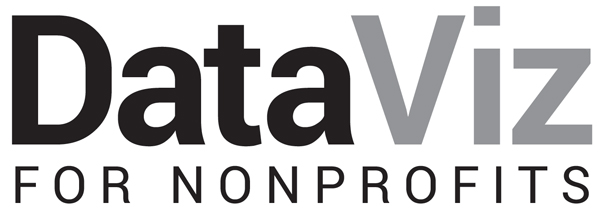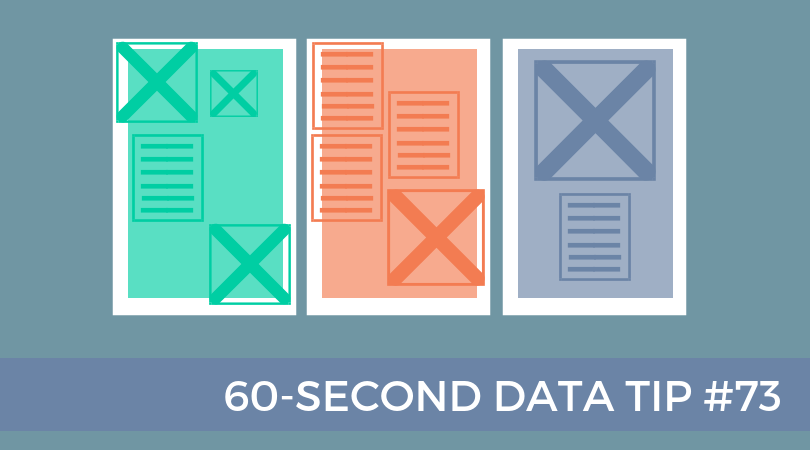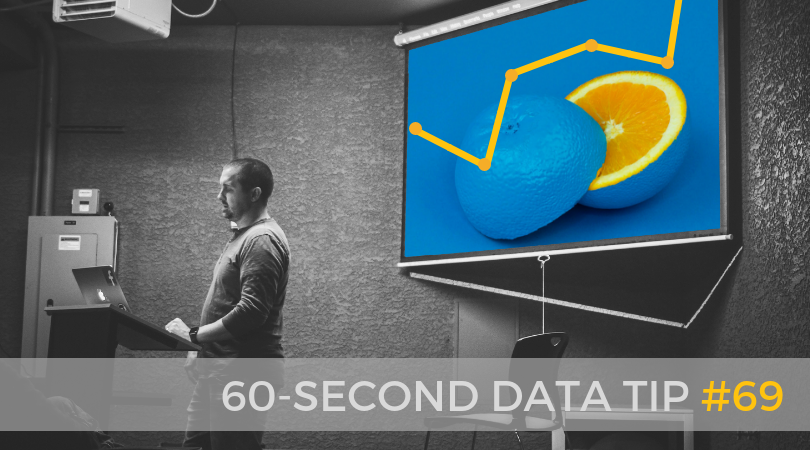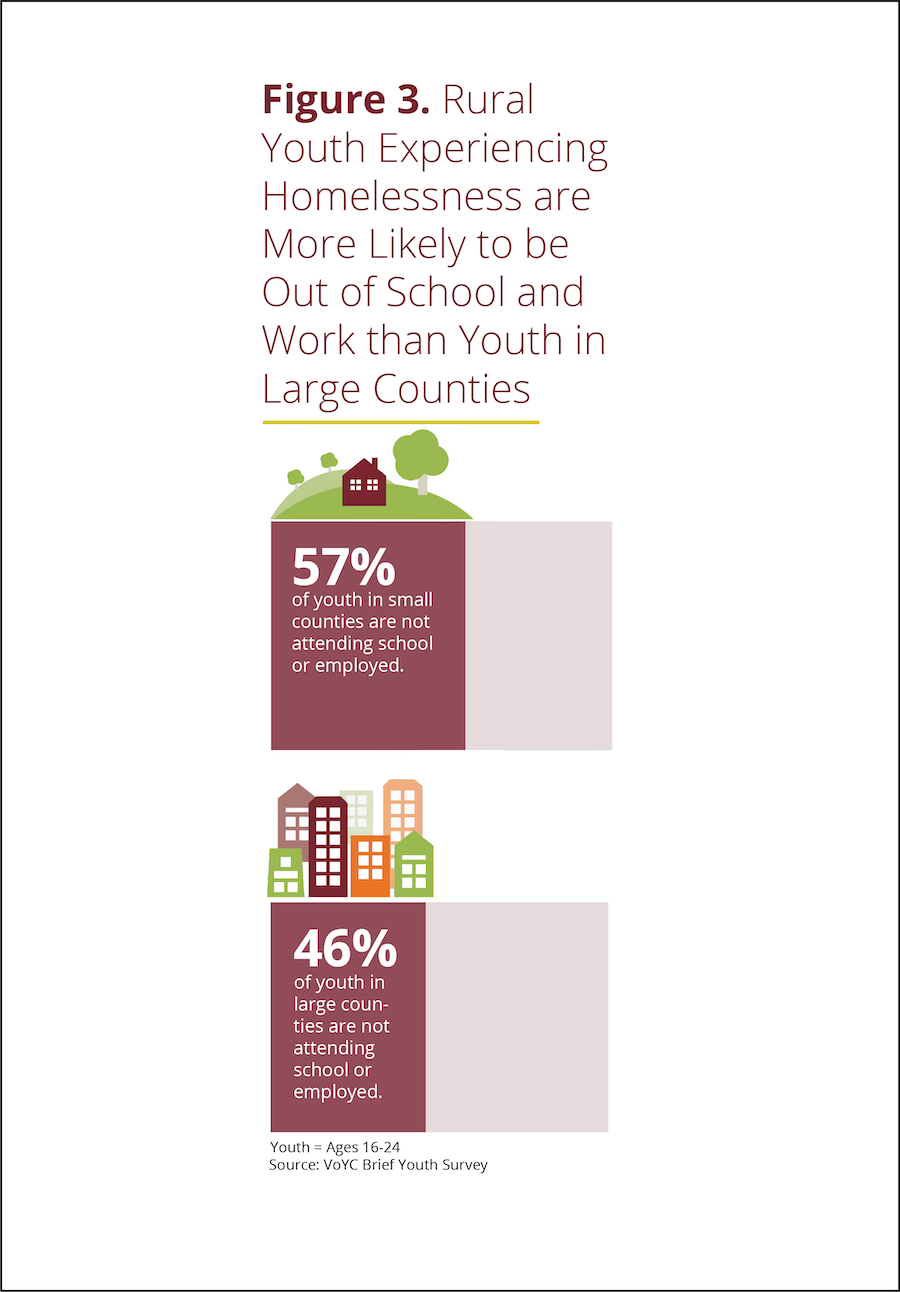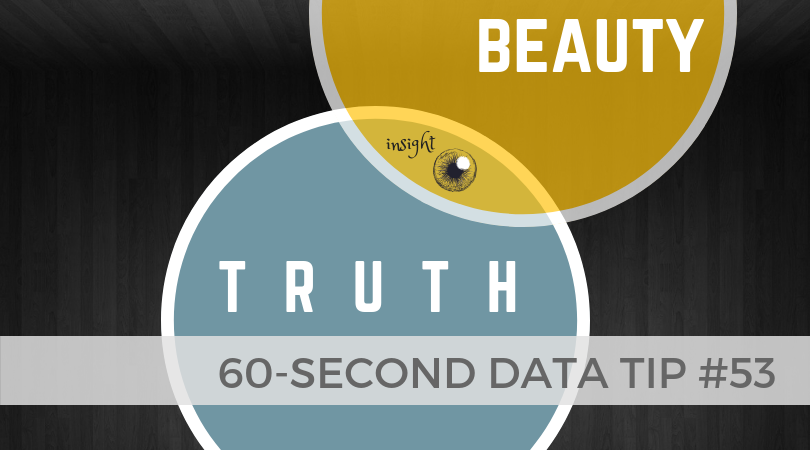Redundancy gets a bad rap. It’s almost always mentioned as something to avoid. Graphic novelist Nate Powell cautions. “As a visual storyteller, a lot is learning what to include so you're not being redundant between images and text.”
But some research by Michelle Borkin and colleagues points in a different direction. They found that “redundancy was helpful in improving visualization recall and in improving viewers’ understanding of the data being presented. This was true whether it was data redundancy (like labeling your bar chart values, or dual-encoding data) or message redundancy (including the same message in a title, an annotation, a label, a pictogram, etc.)” (Quote from: “How to get people to remember your visualization” by Mike Cisneros and Lilach Manheim.)
Other psychological research also suggests that redundancy can be a friend to memory. (See this research, for example.) And it makes intuitive sense. Perhaps redundancy is good for the same reason you want it on the space shuttle: if one component doesn’t work, it’s good to have a back up. Perhaps it’s just the power of repetition. In either case, it’s a good way to make sure your primary message gets through.
Check out the example below. The main message is that there are a lot of vaccines in development. This is communicated by the title, the number of circles, and the data labels.
Source: https://beta.grafiti.io/facts/1048338
And for more on how to capture attention with data visualizations, check out this data tip and this one and this one too!
Data Viz for Nonprofits helps organizations to effectively and beautifully present their data on websites, reports, slide decks, interactive data dashboards and more. Click HERE to learn more about our services and HERE to set up a meeting to discuss how we can meet your particular needs.
